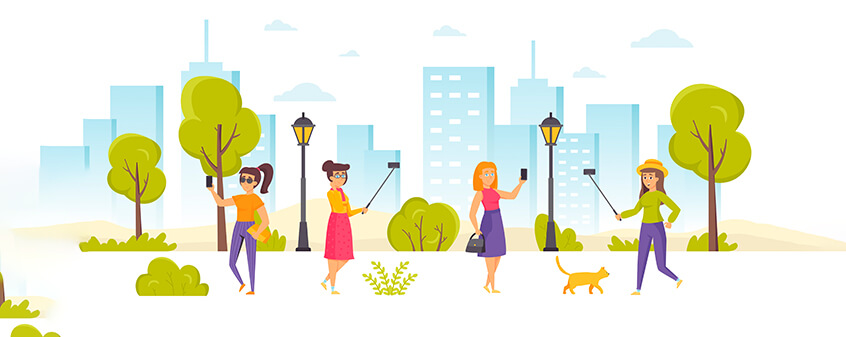Nonverbal communication comprises of your overall body language, including your appearance and posture as a form of communication with others. Rather than using words, people can communicate using nonverbal gestures, facial expressions and eye contact. Also, an individual’s voice tone may communicate nonverbal messages to others. In the workplace, people interact with each other throughout the workday using verbal and nonverbal communication. In essence, the way individuals deliver nonverbal messages can be just as important as verbal dialogue.
Nonverbal Cues
Examples of nonverbal communication include what you wear, how you wear your clothes, facial expressions, body gestures, eye contact, voice, posture, and the distance between you and your audience. Nonverbal cues affect how people understand what you are attempting to communicate, and their reaction corresponds to how you delivered your message. If you are expecting a certain response by the receiver of your message, your nonverbal communication affects their response.
Communication Enhancement
Depending on your occupation, you may be required to communicate messages to others on a regular basis; certain occupations -- such as teachers, salespeople, journalists, doctors, lawyers and corporate executives -- spend a great deal of their workday communicating with others. Using nonverbal cues can enhance how people receive your communication. Nonverbal communication indicates how a person is feeling in relation to what they are saying, and it also reflects how people react to the message. Communicating an important message to your colleagues with excitement and enthusiasm may have a greater impact on your audience in regards to the importance of the message versus delivering the message with a monotonous tone and facial expression.
Having a conscious awareness of your nonverbal communication when you are also communicating verbal messages allows others to receive the message the way you intended to deliver your message. Positive nonverbal communication helps colleagues in the workplace build positive business relationships, whereas negative nonverbal communication can cause conflicts and other negative disturbances in the workplace. Many people build positive business relationships by consistently delivering positive nonverbal communication to others.








